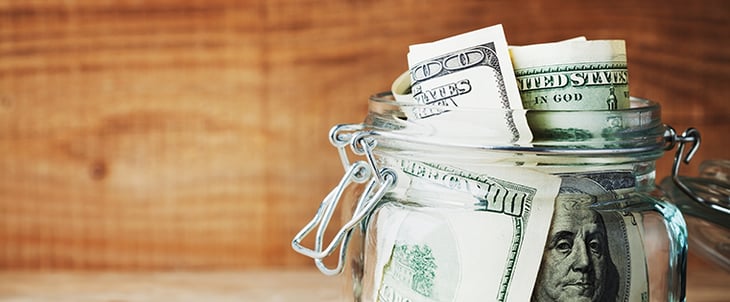
For a three-person digital marketing team like ours, the prospect of having a big ad budget seemed like a distant dream. So when we were suddenly given $100K to spend on Facebook ads, we were positively giddy.
And unbelievably nervous.
As a lean SaaS startup, we have to be very wise with our marketing investments. Couple that with our low cost-per-sale ($24/monthly for our starter plan), and you can see that being cost-effective while still spending on ads is a challenge.
In May of 2016, we had the honor of working with Facebook Canada. We received a small grant to kickstart our advertising initiatives, and had the opportunity to spend two full days with one of their ad reps.
Other than working with the Facebook team, we are completely in-house. On one hand this was an advantage -- since we could make changes to the program in seconds rather than days -- on the other hand, we were on our own for creative, landing pages, and analytics.
We ran an early prototype campaign with some decent success. In fact, it performed in the same neighbourhood as our other digital advertising initiatives. Cool beans.
But that was just the start. We'd tasted success, and knew that we were only scratching the surface. So, naturally, we made a pitch to our company's executive team to increase our digital marketing budget so we could prove that Facebook was a viable avenue for growth. Our commitment to the business: generate trials at a cost-effective rate of $50/trial.
Our pitch was a success, and we found ourselves with a considerable ad budget. Now it was real -- it was time to build out an end-to-end Facebook Ads strategy.

Admittedly, we were quite nervous. Our credibility was on the line.
Here's what we ended up learning from that process, wrinkles and all. Read on to the end to see our results.
Lesson 1: Fully commit resources or your cost-per-acquisition (CPA) will rise swiftly.

We received our first lesson early on. We had become complacent with the success of our ad creative in May 2016, and tried to replicate that again. Using the same ad creative from AdWords, we launched on Facebook Ads. Initially, it worked. We generated trials at an acceptable rate.
But we mistakenly saw this initial success as a sign that we could set it and forget it. We went back to focusing on our other digital marketing strategies, like creating organic content, while our CPAs gradually rose.
Facebook CPAs have a nasty habit of rising suddenly -- I mean, literally blowing up overnight. One morning, we logged into our marketing dashboard and saw that we were generating trials at twice our target CPA of $50/trial. This was crazy business, and we needed to act fast.
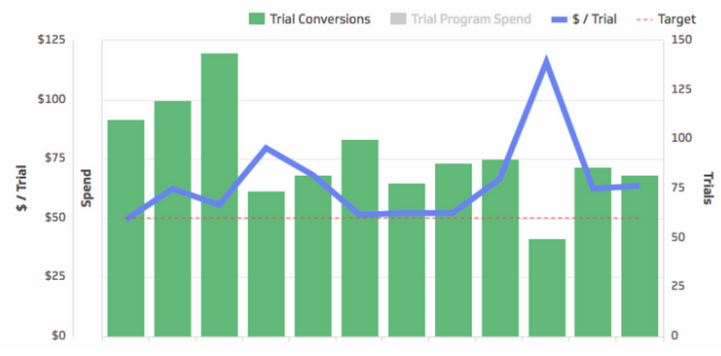
Fixing this problem took a lot of time and resources, and a few calls with our dedicated Facebook Ads guru (shout-out to the brilliant Mike Empey). The problem was Ad Frequency.
What happened was that our Facebook ad frequency had risen so high that our addressable market was seeing ads 3-5 times a day. Ugh. So of course CPAs rose accordingly -- we were irritating people to no end.
We resolved to take two actions: first, we swapped in new creative. In fact, we created 5 new ads to push into market. This had an immediate impact, and gave us a deep understanding of how detrimental ad fatigue can be.
Second, and more importantly, we committed to a new process for our creative. We call it "the conveyor belt." Here's how it works:
- Week 1: Design and launch new ad creative in 1-3 ad sets. Test and analyze results.
- Week 2: Push all variations to all ad sets. Turn off old ads. Analyze initial results.
- Week 3: Pick winning variations from ad sets. Analyze and deconstruct results.
- Week 4: Assess week 1-3 learnings. Apply those learning to new ad creative.
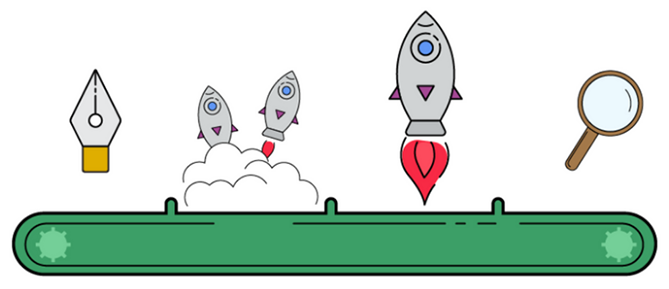
The side benefit of this process is that we've tested so many ad variants that we now have a repository of "winning variants" that we can quickly call out of retirement if our CPAs rise.
Lesson 2: Segment your audiences to effectively manage ad set CPAs.
Initially, I think we underestimated the amount of ad sets we'd need to manage. Looking back, I cringe to think we only launched our prospecting campaign with three ad sets: USA, Canada, and Europe (today we manage between 50 and 70 ad sets, depending on ad performance).
We weren't even going beyond some basic audience targeting.
No age specification. No regional targeting. No device targeting. Just a giant ad campaign.
We were confident in our ad creative and landing page conversion rates, but forgot the importance of audience profiling.
It's no wonder that our results were really hard to interpret. I remember naively saying to Valerie Hamilton, our digital marketing specialist, "Europe is performing well today. What's the story?"
We didn't know. Were women converting better than men? Was a certain age bracket doing better than another one? We had no clue.
And at this point our CPAs were still floating about 25% higher than our target. It would have been a dramatic understatement to say we had some optimization work to do.
We started to analyze our lead generation activities across demographic lines. We used a combination of Facebook Ads, Google Analytics, Mixpanel, and Salesforce data. What we found out was that we did remarkably better with people aged between 24-45. This totally makes sense, too.
Folks older than 45 are typically in a more senior role, and rarely the ones actually building or trialing our product. Instead, they are often the ones marshaling their team to demo our software.
Our first action was to split out this age range and only focus on where we saw the most success. By cutting more expensive CPA audiences, we were able to reduce our CPA.
Since then, we've adjusted our messaging to the >45 crowd by including more language about "their team" and "data transparency." We've also focused a lot more of our ad buys on video assets instead of advertising our free trial.
It's worth mentioning that we had good reasons for avoiding audience segmentation. First, we didn't have the capacity to manage dozens of ad sets. Second, we wanted to keep our addressable market as large as possible and let our learnings help us figure out where to whittle down.
Lesson 3: Geographic bidding makes sense when you know regional lifetime values (LTVs).
The other side of the demographic coin for us was splitting out geographies. Treating Europe as a homogeneous advertising market just didn't make sense for our business at the time (see Lesson 8, where we experimented with world-wide delivery).
While our European campaign was performing well enough, it was clear that we were missing an opportunity. For instance, we knew that leads from specific geographies often convert to customers at a much higher rate, and that their LTV was much higher on average.
In broad outreach campaigns, for example, we saw that we were attracting a high number of leads at $15/trial from Greece and Hungary. But while we have great customers in that part of the world, we've run a number of internal reports that show paid leads from that region convert at a much lower rate.
Despite paying such a low CPA, these leads were not converting and we were paying far too much for them. Internal reports (plus complaints from our sales team) had us digging deep into the data.
This is when the lesson clicked for us; we realized it was okay to spend a lot more on leads from, say, the Netherlands, because their LTV and conversion rates were much, much higher.
By splitting out different geographies, we enhanced our ability to match CPA targets to an appropriate LTV.
Lesson 4: Matching ad creative and landing pages.
This is textbook digital marketing, true. But it was a challenge for our scrappy digital marketing team to prioritize this while managing a $100K budget and driving all the day-to-day campaigns required for a fast-growing startup.
Plus, we could rationalize pushing this aside because our landing page was performing reasonably well.
But when you're spending $100K and your CPAs continue to fluctuate, every conversion opportunity is magnified ten-fold.
With our small team and only one dedicated designer, we needed to call in the big guns. We went with Unbounce, and it's had a measureable impact on our landing page conversion rates, helping us grab an 18% conversion rate for Facebook Ads leads.
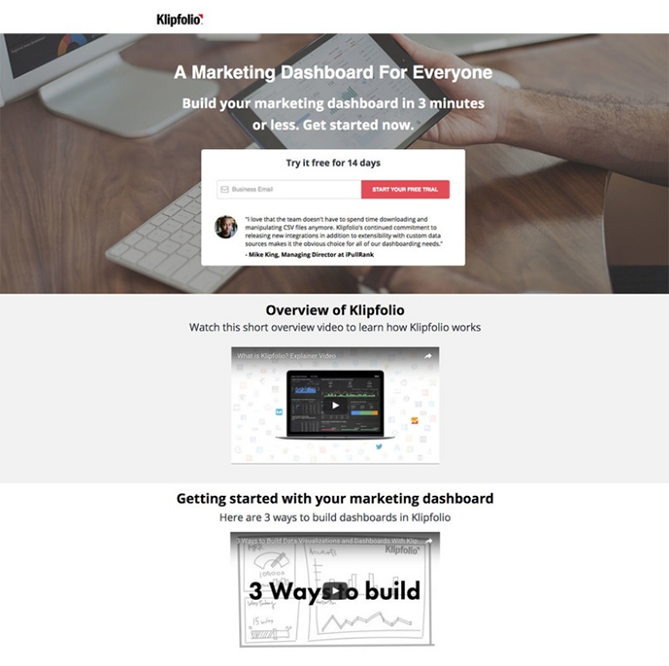
As we design ad creative, we create its sister landing page. From there, we can make tweaks to the page to improve conversion rates. Little things like form position, who we featured in our testimonials, and even which button colours we chose amounted to some big improvements.
Lesson 5: The one-two punch of video advertisement.
We've always been huge users of video to demo the product and create awareness. We've created explainer videos that talk about our primary unique selling proposition and give a glimpse into the product, and these videos have been quite successful in garnering views, holding attention spans, and increasing conversions.
As we launched on Facebook, we put ad dollars behind one particular video. Again, good success, but we felt like we could do better.
This decision was more on gut feel (it still counts!) that video had a big role to play. I mean, just scroll through your Facebook feed right now. The challenge for us was that we'd committed to the business that we'd generate trials at or below our target CPA for that entire $100K.
Video doesn't have that wonderful direct line to trial that a prospecting campaign does. So, we took a chance, and our product marketing manager, Chris Wolski, called up an Ottawa video production company we now affectionately call "The Rascals."
We created a fun, 35-second explainer video that we thought would play well on Facebook and Instagram. The fact is that we generated a hundred thousand views before we could blink.
How? People were actually sharing the video with friends and family, even tagging others in the comments section. We noticed lively conversations taking place directly on the posts themselves, as if the videos weren't advertisements at all. Here's that video:
Facebook makes it easy to create remarketing programs by creating lists of users that engage with your video. We set up a list for anyone that watched more than 10 seconds of the video. This was a new cost-effective avenue for generating leads well within our target CPA. Video remarketing leads typically come in at about $30/trial, including the initial video buy.
More importantly, it expanded our reach on Facebook and Instagram exponentially. And we've seen traffic to our site go up as a direct result of these ads.
Lesson 6: Create video specifically for Facebook Ads.
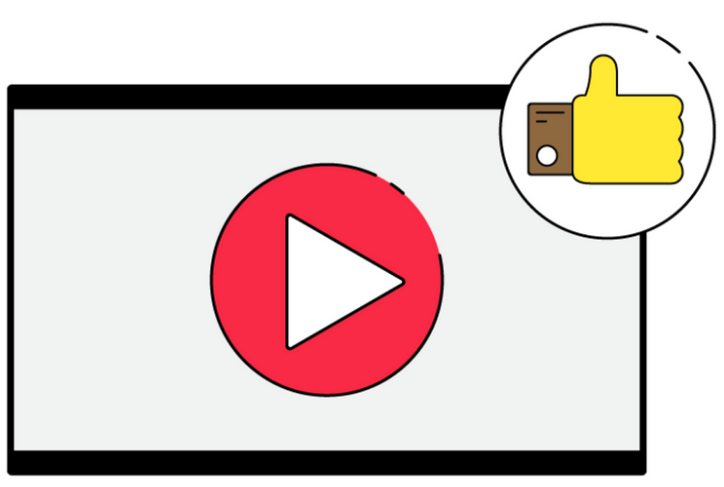
When we launched on video, we didn't really know what to expect. Lots of views? Engagement? Shares?
As a metrics-obsessed company, we knew we needed to establish a KPI. After doing some research and chatting with peers and the account team at Facebook, we decided on Cost-Per-10-second view.
We chose this KPI to help us drive better video engagement and brand recognition. If someone was interested enough to pass over cat videos and baby pictures to watch 10 seconds of our B2B software video, then we were doing something right.
This KPI has fed directly into our production process, too. We've worked with The Rascals to ensure that each video includes text to account for the fact that Facebook's default setting is to mute video. We've also added captions to the mix because videos on Facebook autoplay with the sound off; a whopping 85% of Facebook videos are played with no sound. We would have had disastrous results if we'd relied entirely on the audio within the video to tell our story.
The overall result has been slashing our Cost-Per-10-second view by 50%. This is huge because it means for the same dollar of spend, we're effectively doubling our reach. And you can bet this metric is front and center on our internal social media dashboards.
Lesson 7: Ask for advice and trade ideas.
I could rant for days about how much we learned from Facebook— they were truly fantastic, and the attention we received ensured we'd be successful. That said, there are no special or secret tricks. You can find everything through a Google search for "Facebook Ads Tips."
Putting all those tips and best practices together into a single campaign, however, is where the real challenge lies.
Throughout the process we sought advice from those who've been there before us, who have been learning from others years before we even thought of going this route. It probably comes as no surprise that our team now pays close attention to what other advertisers do on Facebook. In particular, I think Shopify is a leader in this respect. They do a great job of integrating video.
We've also struck up a friendship with the team over at PageCloud , and have enjoyed freely sharing ideas. Many of those conversations have spawned new ad campaigns and experiments. Which leads me to ...
Lesson 8: Boldly experiment.
We allocated a percentage of our budget towards experimentation. When we heard about a new product from Facebook called World-Wide Delivery (WWD) we sort of rolled our eyes and remembered what we had learned about geographic bidding from Lesson 3.
But our friend Mike Empey at Facebook persuaded us to give it a try. So we did. What did we have to lose?
The experiment was a huge success and with just a small percentage of our daily budget we were able to practically double lead volume. In fact, this contributed to us setting daily trial record numbers for 3 days in a row.
When the dust had settled, we analyzed the lead quality, made adjustments to our copy and landing pages, and added WWD campaigns to our arsenal of ads.
Lesson 9: Advertising is still top of the funnel.
Asking someone to start a trial of your software is a lot like calling a friend and asking them to catch up with you over coffee in an hour. The message is out of the blue and entails a time commitment. No matter what their interest level is, they simply may not be able to do it right then.
As we stressed about hitting our trial CPA numbers, we started to lose sight of what we were really trying to do, which was raise awareness and leave our audience with positive first impressions.
In chasing those numbers, we ended up making a series of small decisions that led to us making a big mistake: we'd cut so much content from our landing page that it had basically become just an image with a signup form.
Sure, that page converted well. But it also pissed people off. Some people were getting so upset that they were commenting on the ads themselves.
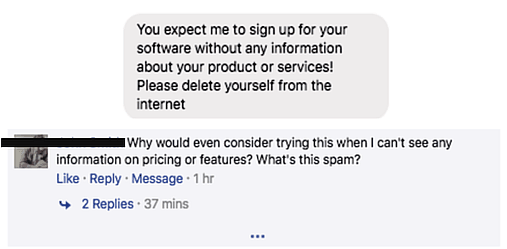
At this point, we'd driven down CPAs to about $10 under our target CPA. Our hands were sore from the amount of high-fives we'd collected and shoulders we'd patted. But in that process we committed an egregious error: we forgot about the customer.
We were so caught up in the metrics that we forgot that leads are people.
So, we did the only reasonable thing. We added essential content back into our landing pages (including video content from Vidyard into every landing page), and worked on optimizing that content so the customer could wring as much value from it as possible.
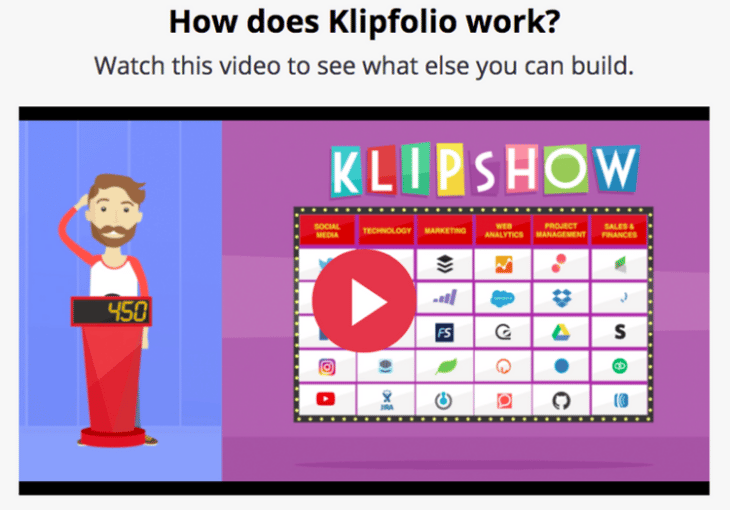
Of course, CPAs rose. But our ad relevance and positive scores rose along with it.
That was the kind of customer-centric tradeoff we were willing to take.
Editor's Note: Editor's Note: a version of this post first appeared on Inbound.org, HubSpot's community for inbound marketers.
from HubSpot Marketing Blog https://blog.hubspot.com/marketing/100k-on-facebook-ads
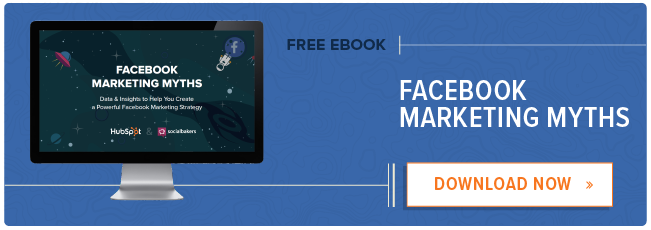
No comments:
Post a Comment